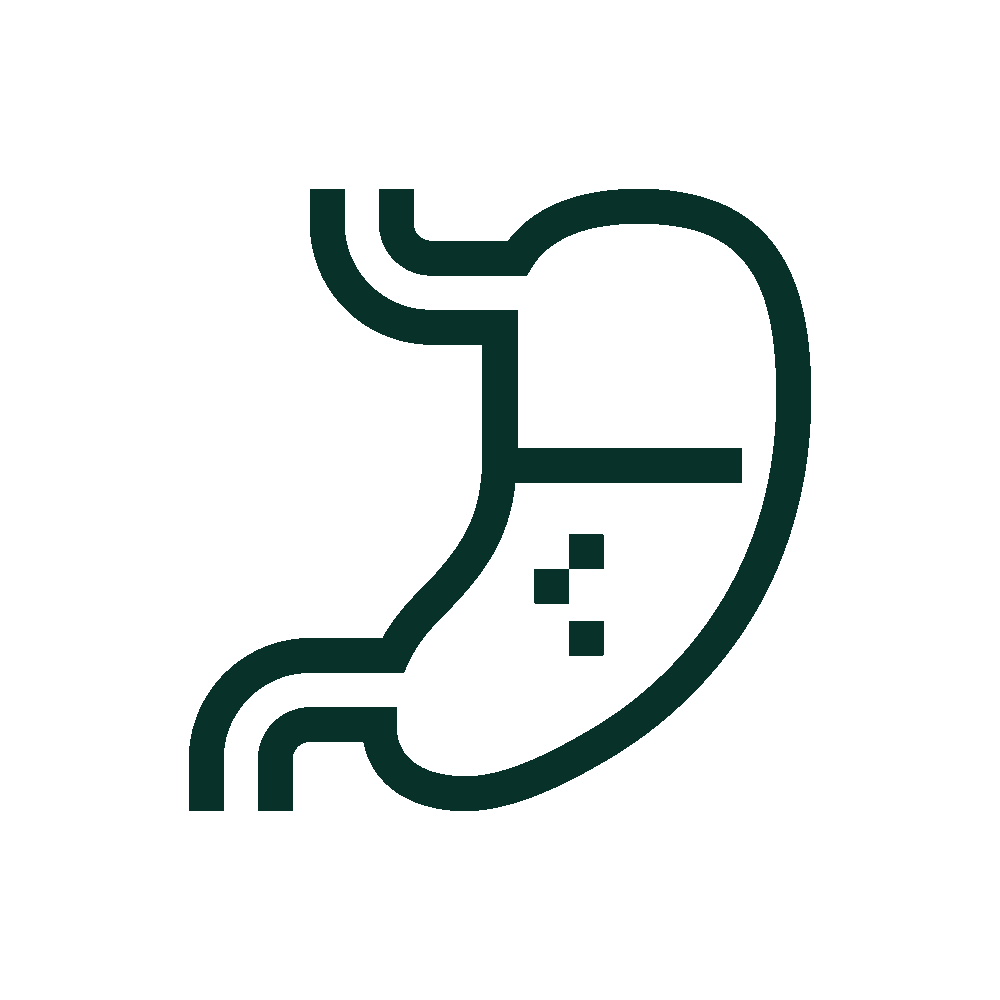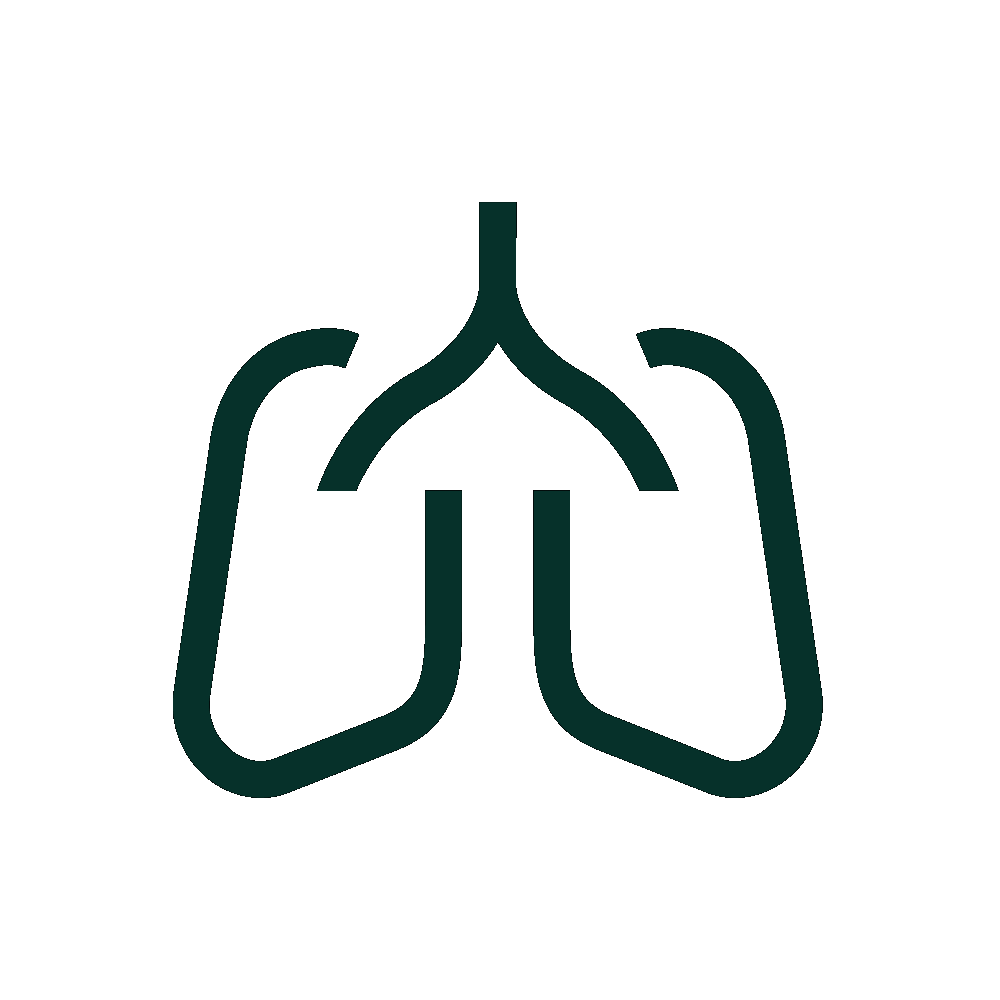Common Causes of Lameness
by Boehringer Ingelheim / May 17, 2024

Seven Common Causes of Lameness
Whether it’s a subtle change in gait or noticeable head bobbing, any sign of lameness is cause for concern. Most causes of lameness are not career ending and can be treated, though some can be more serious. Recognize the most common causes and signs of lameness to ensure your horse has the best chance of recovery.
1. Foot Abscess
A foot, or hoof, abscess can occur when bacteria is able to enter the hoof through cracks in the sole, hoof wall or a penetrating wound. Wet and/or muddy conditions offer a greater risk for abscesses to develop.
Signs
Abscesses are quite painful, and affected horses can be severely lame, sometimes seemingly out of nowhere. Signs of an abscess include:
- “Toe-touching lameness”
- Hesitancy to put their full weight on the affected hoof
- Hoof and skin above it feel warm to the touch
- Prominent pulse felt just above the hoof
Treatment
Treatment of an abscess can include:
- Soaking in a mixture of warm water and Epsom salt
- Packing the hoof with a poultice
- Managing pain with medication
- Creating a drainage path by your veterinarian or farrier
2. Subsolar Bruising
Subsolar bruising may occur when there is repetitive trauma to the horse’s sole, most commonly due to working on hard ground. Poor hoof conformation, such as thin soles or flat heels, can predispose a horse to subsolar bruising.
Signs
A horse with subsolar bruising may show persistent mild lameness in both front legs, as well as:
- A reluctance to walk on hard ground
- Lameness that may wax and wane, day to day
- Visible bruising, as seen by discoloration on bottom of sole, if light-colored
Treatment
Treatment of subsolar bruising often requires the teamwork of both a veterinarian to manage pain and a farrier to
change shoeing.
3. Navicular Syndrome
Navicular syndrome is a broad term, used to refer to horses with caudal heel pain related to the navicular bone or any of its surrounding tendons and ligaments.
Signs
The onset of navicular syndrome is often gradual, and typically presents as a chronic or progressive lameness in the
front end:
- Initially, lameness may only occur from time to time or on hard ground
- While both front feet can be affected, a horse may occasionally have one foot that is affected more than the other
Treatment
Diagnosis of navicular syndrome may begin with radiographs, but in some cases requires an MRI to determine the full extent of the disease. Treatment varies case by case, but common treatments may include:
- Corrective shoeing
- Oral anti-inflammatories
- Systemic bisphosphonates
- Joint injections
4. Laminitis
Laminitis is an extremely painful condition, affecting the tissue that connects the coffin bone to the hoof wall. Laminitis can be caused by many different conditions, such as pituitary pars intermedia dysfunction (PPID), insulin dysregulation or sepsis.
Signs
Weight-bearing is very painful for horses suffering from laminitis. Signs include:
- Resting in a rocked-back stance, to take weight away from the area of most severe pain over the toes
- Exhibiting lameness at the walk
- Spending more time lying down
- Hooves that are warm to the touch and/or have digital pulses
Treatment
Treatment for laminitis is meant to reduce further progression of the disease and manage pain through:
- Addressing any underlying diseases
- Stalls with deep bedding
- Using NSAIDs
- Cold therapy
- Special farrier care
5. Osteoarthritis (OA)
Osteoarthritis (OA) is a progressive deterioration of the structures of the joint that can develop in horses of any age. Degenerative joint disease usually begins with synovitis (inflammation of the joint fluid and joint lining), which, if unchecked, begins to cause cartilage damage, then irreversible bony changes (OA).
Signs
The main clinical sign of OA is lameness, which is usually a gradual onset, but can happen acutely. Additional signs include:
- Heat and swelling around the affected joint
- Possible decreased range of motion
Treatment
While OA cannot be cured once bony changes have occurred, treatment options are available to reduce pain and prevent further joint deterioration, including:
- Rest
- Systemic medications such as NSAIDs or hyaluronic acid
- Joint injections
6. Soft-tissue Injury
Soft-tissue injuries are most often seen in performance and racehorses, but can be seen in any age, breed or discipline. They refer to any damage done to a horse’s tendons or ligaments.
Signs
In addition to lameness, clinical signs at the injured site may include:
- Swelling
- Pain
- Heat
Treatment
Diagnosis, treatment and recovery timelines vary case by case. Initial treatments typically include:
- Cold therapy
- Bandaging
- Rest
7. Traumatic Injury
Traumatic injuries are inclusive of anything from a wound or laceration to a fracture.
Signs
Such injuries are typically visible and easy to identify, though often difficult to discern the severity. A horse that has sustained a fracture from a traumatic event will typically exhibit severe non-weight-bearing lameness.
Treatment
A veterinarian should be called whenever there is a traumatic injury, to provide a proper assessment. Diagnostic imaging such as radiographs or computed tomography (CT) is crucial in the diagnosis of a fracture. Any wound that is over a joint or tendon should also be evaluated by a veterinarian to determine if synovial structures are involved, which can be life-threatening.
When to Contact Your Veterinarian
If your horse is exhibiting any signs of lameness, contact your veterinarian right away. They will be able to properly diagnose your horse and begin treatment. You can learn more about what to expect during a lameness exam here.
©2025 Boehringer Ingelheim Animal Health USA Inc., Duluth, GA. All rights reserved. US-EQU-0131-2024






